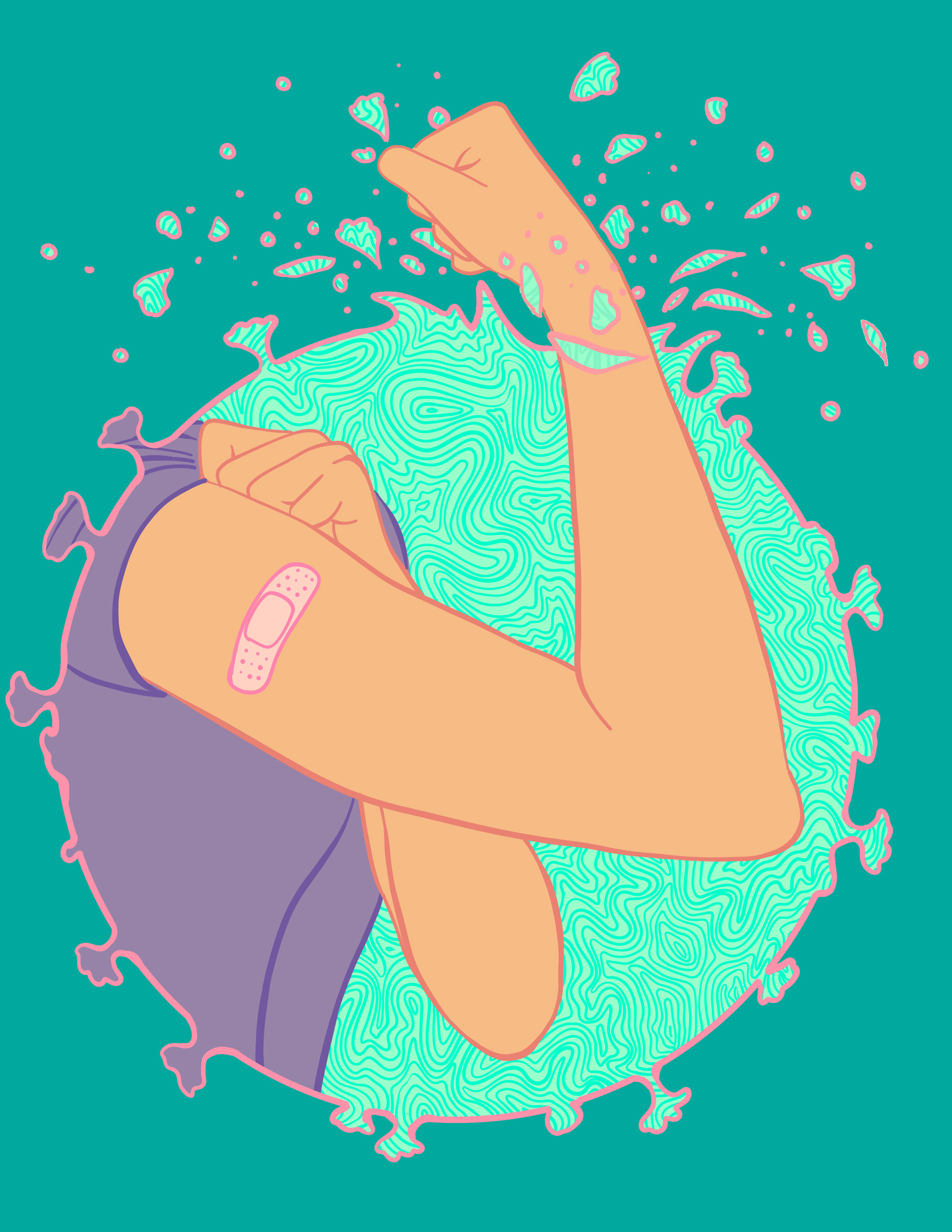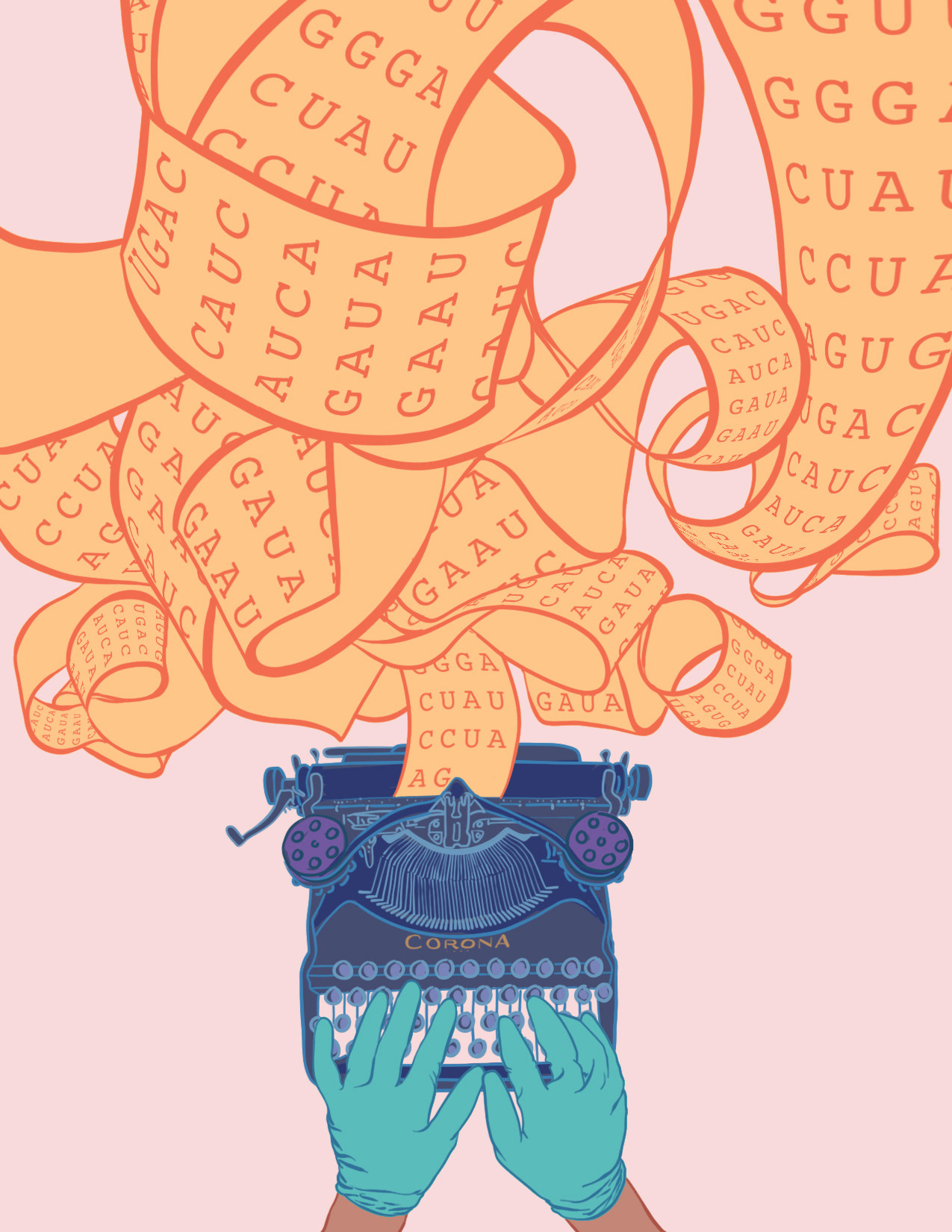COVID-19 MRNA Vaccines 2020-2021
How does the mRNA vaccine work?
Think of your cells as tiny 3D printers. Every day, your cells are taking in nutrients and spitting out hormones, enzymes, and proteins that your body needs to survive. Your cells get the instructions to “print” these things from your DNA by way of mRNA. DNA is long and has lots of instructions, so your cell makes a copy of only the part it needs. Those instructions are called mRNA.
The mRNA vaccine works by giving instructions to a few of your cells to print limited copies of the spike protein that is found on COVID-19. When those cells print the spike protein, your immune system will learn to recognize it and be prepared to fight when it encounters the actual COVID virus. After reading the mRNA message, your cells will automatically destroy it.
The COVID-19 vaccine is likely just the beginning of using mRNA treatments to teach your cells to heal your body from the inside out. Clinical trials are underway using mRNA to tell the body how to heal burns more quickly. Scientists and doctors are using mRNA to teach the body's immune system to fight cancer. Imagine the possibilities of being able to tell your body how to heal itself quickly and efficiently. It feels like science fiction, but we’re alive to see it happening!
Does the mRNA vaccine change your DNA?
In normal cellular function, cells constantly need instructions for how to function. Those instructions are found in DNA, which is stored in the cell's nucleus. Small parts of DNA are copied to make mRNA, which is sent out of the nucleus to the cytosol - the outer part of the cell where work gets done. There, the instructions in the mRNA are read, and proteins are built. After that, the mRNA is automatically destroyed by the cell.
For mRNA to alter your genes, it would have to first enter the nucleus and bind to your DNA. mRNA doesn’t have a way to get into the nucleus because it’s not made to do that. It’s made to be used in the cytosol and then be destroyed. The cell doesn’t have any other way to use it. But if something goes a little wonky and the mRNA does break into the nucleus, it is incapable of becoming DNA without an enzyme called reverse transcriptase. This enzyme is not found naturally in the human body.
Even if the mRNA entered the cell, found reverse transcriptase, and turned itself into DNA, it would still need another enzyme it does not have - integrase - to bind with your DNA and alter it. Long story short, it is impossible for an mRNA vaccine or treatment to alter your DNA.
It was made so fast, how do we know it’s safe?
This question has been popping up for many healthcare workers who have seen patients suffering because of treatments that caused unintended harm. This vaccine is a new technology; how can we possibly know it is safe? Even though mRNA technology is new, scientists already have years of data. The technology has been in human trials for years, and we already have long-term data on its effect in humans.
In 1990, a scientist named Katalin Karikó began studying mRNA for medical treatments. In 2005, Karikó and other scientists made a breakthrough that allowed them to keep the body from destroying the injected mRNA so that cells could use it. After 2005, the technology started taking off, and mRNA treatments have been in human trials in various forms since 2011.
The vaccine is different from a cancer treatment, though, so how was this vaccine ready so quickly? First, after years of study, scientists had all of the technology ready to go - they just needed funding for a widespread clinical trial. When Chinese scientists shared the COVID-19 genome online, scientists who studied SARS and MERS already knew where to find the code for the spike protein, how to make the mRNA, and how to protect it in human cells. Scientists had the vaccine ready to be tested before most of us even imagined lockdowns in the USA. Second, governments around the world were willing to put the necessary money into the vaccine process. Citizens around the world volunteered to be part of the trials. The typically long process of finding funding and volunteers for the trials was shortened. Because COVID spread so rapidly, volunteers were infected sooner than expected, and trials were completed quickly.
There's no guarantee that anything is completely safe, but the evidence we have points to a vaccine that is statistically safer than the virus.


